In the world of automotive care, Paint Protection Film has become a go-to solution for car owners looking to maintain the beauty and longevity of their vehicles. PPF is highly praised for its ability to shield a car’s paint from scratches, chips, and other environmental factors. But if you’re considering PPF, you may be wondering, “Will it affect my car’s paint color and shine?” This blog post dives into this common concern, exploring how PPF impacts your car’s appearance and what you can expect in terms of color and shine after application.
What is Paint Protection Film?
Paint Protection Film is also known as “clear bra” or “PPF,” is a transparent layer of thermoplastic urethane applied to the surface of a vehicle for paint protection. Originally developed for military use to protect helicopter blades, PPF is now widely used in the automotive world to prevent physical damage to car paint caused by debris, UV rays, and environmental pollutants. It’s popular among car enthusiasts who want to maintain a showroom finish on their vehicles.
Key Benefits of PPF:
Protection: PPF is highly resistant to impacts, protecting the vehicle from rocks, gravel, and other road hazards.
Self-Healing Properties: Modern PPF can easily self-heal minor scratches or abrasions when exposed to heat.
UV Resistance: PPF protects the paint from fading or discoloration due to excessive sun exposure.
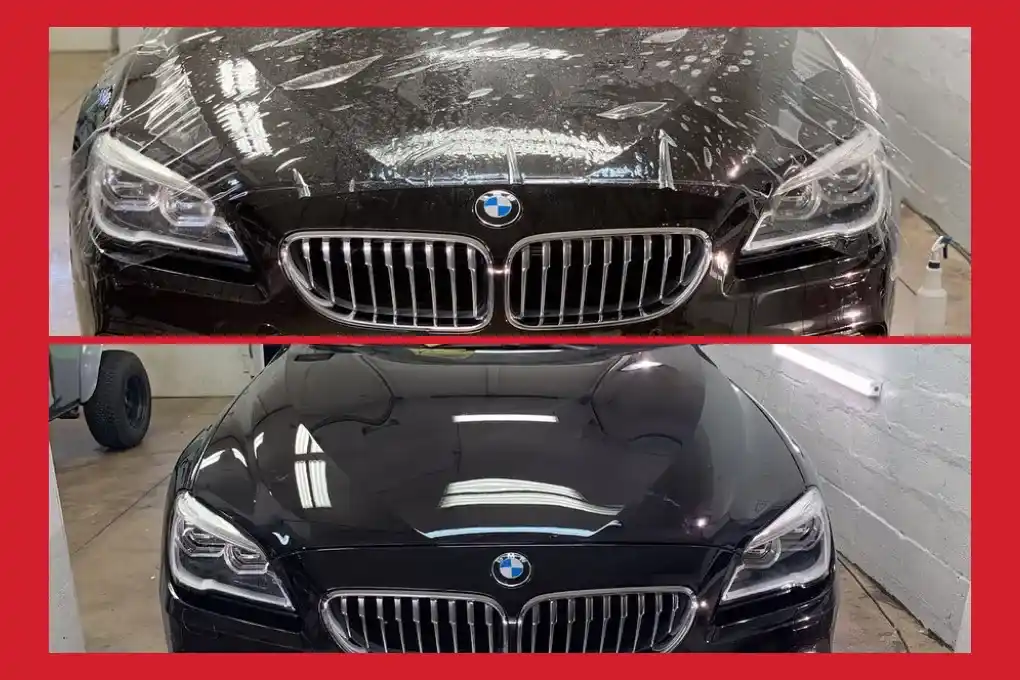
PPF and Paint Color: Does It Alter the Hue?
A major concern among car owners is whether PPF affects the original paint color. The good news is that PPF, when applied correctly, is almost invisible and does not alter the hue of the paint.
Transparency and Clarity:
High-quality PPF is manufactured to be optically clear, meaning it allows the true color of the paint to shine through without distortion. Premium films are designed to be completely transparent, so they should not change the car’s color when applied by a professional.
Protection Against Fading:
PPF can help maintain the vibrancy of your car’s color over time. By blocking harmful UV rays, PPF prevents the paint from fading, which is especially beneficial for darker colors that tend to show wear faster. In this sense, PPF enhances the durability of your paint color rather than altering it.
Factors That Could Affect Color Perception:
There are a few cases where lower-quality PPF or improper installation can lead to slight color distortion. Cheaper films may yellow over time due to UV exposure, which can create a slight tint on lighter-colored vehicles. However, premium PPF brands, such as XPEL, 3M, and SunTek, are specially treated to prevent yellowing, ensuring your paint color remains unchanged for years.
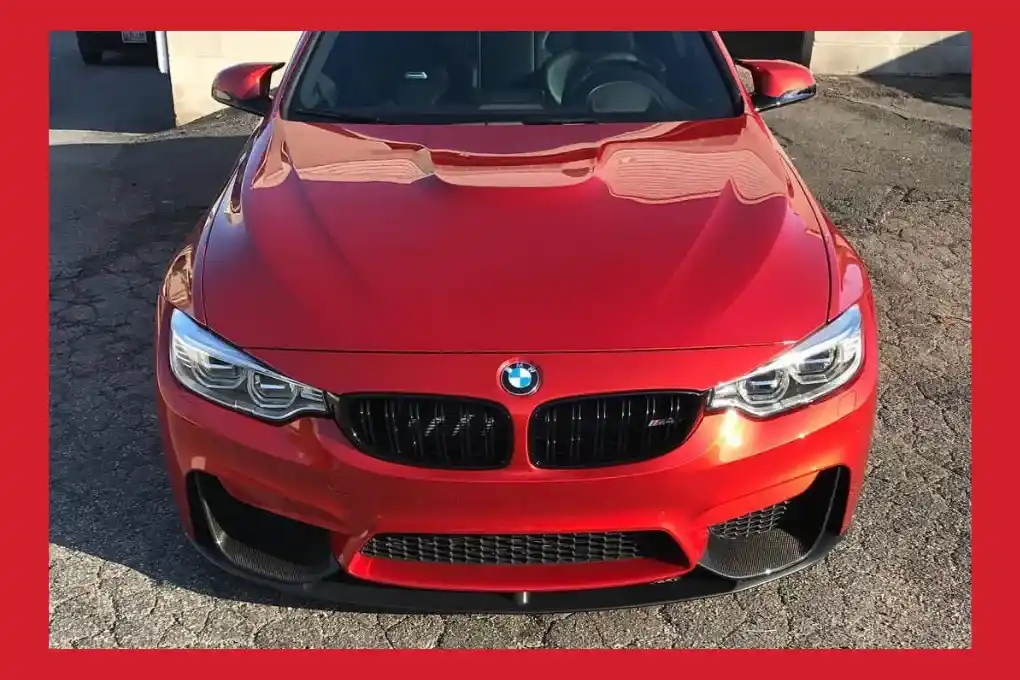
The Effect of PPF on Car Shine: Enhancing the Gloss
Aside from color, shine is one of the most important aspects of a car’s aesthetic appeal. Many car owners wonder if PPF will diminish the car’s glossy finish, making it look dull or matte. Surprisingly, PPF can enhance the shine in several ways.
Enhancement of Gloss:
High-gloss PPF is designed to amplify the gloss level of the vehicle’s paint. For instance, applying a glossy PPF on a car with a high-gloss finish can make the paint look even more reflective, adding depth to the color. Car enthusiasts often praise PPF for giving their vehicle a glass-like finish, almost as if an extra clear coat was added.
Matte and Satin Options for Custom Finishes:
If you prefer a unique look, some PPF brands offer matte and satin finishes. These options provide a custom aesthetic, transforming a glossy car into a sleek matte appearance without needing to repaint it. Matte PPF is popular among those who want a subtle, understated look, whereas satin finishes offer a soft sheen that sits between matte and gloss.
Self-Healing Coating for Consistent Shine:
Over time, even the most careful drivers encounter minor scratches and swirl marks. PPF provides self-healing properties that can heal minor scratches when exposed to heat. This ability helps maintain a consistent, scratch-free shine on your car’s surface, making it look newer for longer.
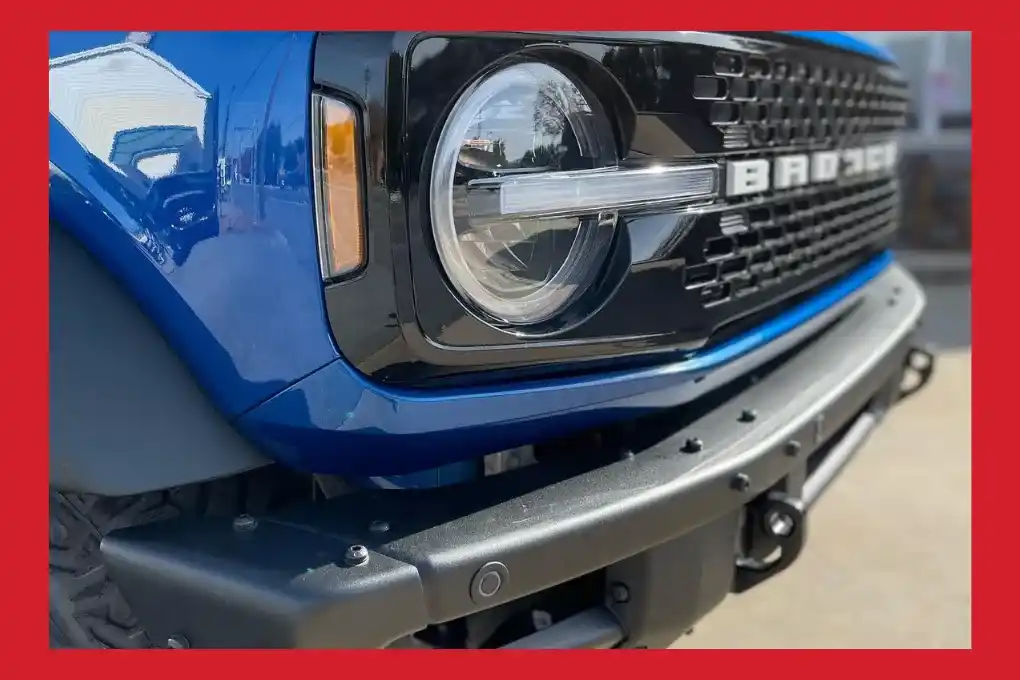
PPF vs. Ceramic Coating: Which Is Better for Color and Shine?
While both PPF and ceramic coating are popular options, they serve different purposes. Ceramic coating is a liquid polymer applied to a car’s exterior, providing a hydrophobic layer that repels water, dirt, and other contaminants. Ceramic coatings do not protect against physical damage the way PPF does.
PPF: Adds protection against scratches and rock chips and can enhance gloss or provide a matte finish. It’s a physical barrier that’s removable if desired.
Ceramic Coating: Provides a strong shine and excellent hydrophobic properties, making cleaning easier. However, it doesn’t protect against impacts.
For the best of both worlds, many car owners apply PPF and ceramic coating. The combination offers the impact resistance of PPF and a ceramic coat’s hydrophobic, high-gloss finish.
PPF Maintenance: Keeping the Car’s Paint Color and Shine Intact
Proper maintenance is essential to keep PPF looking clear and glossy. Here are some care tips to help preserve the film’s appearance and maximize the paint protection benefits.
Regular Washing:
Use a gentle automotive shampoo and microfiber cloth to clean the surface. Avoid harsh chemicals and abrasive materials, which can scratch the film.
Avoid Harsh Chemicals:
Chemicals like bug removers and tar removers may be too harsh for PPF. Opt for PPF-safe cleaning solutions to avoid potential damage to the film.
Inspect for Damage:
PPF can last from 5 to 10 years, depending on the quality and exposure of the film. Inspect it periodically for signs of lifting, yellowing, or damage. Early detection allows for repairs that prevent further issues.
Polishing and Waxing:
While PPF doesn’t require waxing, you can apply a PPF-safe polish or ceramic spray to boost its gloss. Make sure the product is designed for PPF, as some waxes contain ingredients that could cloud or discolor the film.
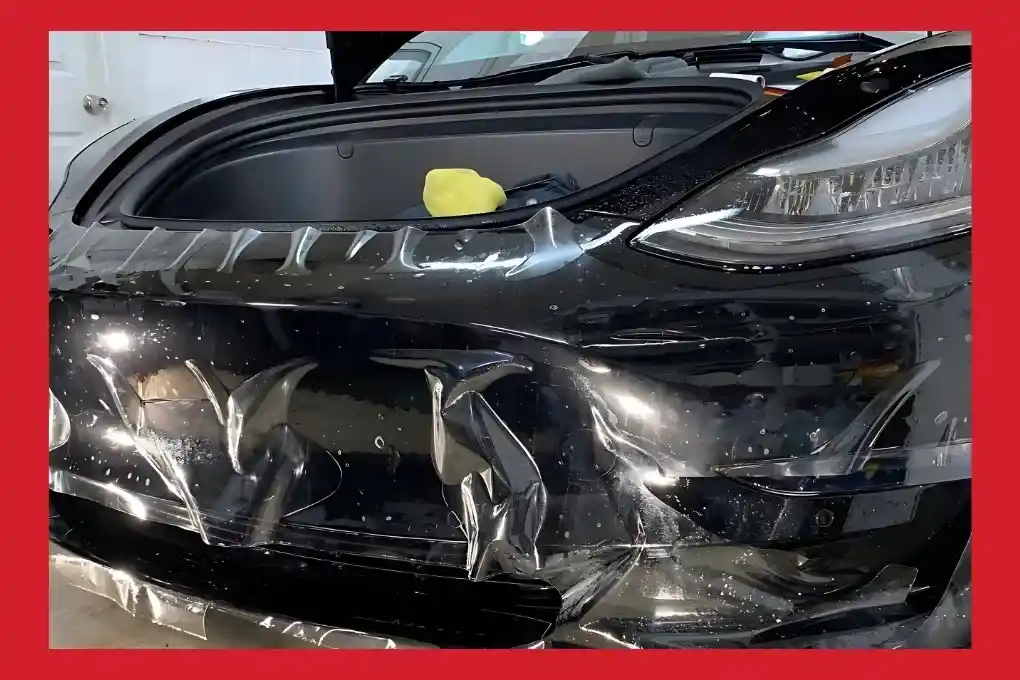
Professional Installation: The Key to Retaining Your Car’s Color and Shine
One of the most important factors in ensuring that PPF doesn’t impact your car’s paint color or shine is to have it installed by a qualified professional. Experienced installers know the correct techniques to apply the film without trapping bubbles, dust, or fingerprints. A professional installation will also prevent issues like lifting or peeling, which can create unsightly edges.
Precision-Cut Application
High-quality PPF installation uses precision-cut templates that perfectly match the contours of your vehicle. This method not only provides full coverage but also ensures that the film remains invisible, maintaining the factory finish. 8 Reasons Why Paint Protection Film PPF is Better than Traditional Waxing
Expert Guidance on Film Choice
A professional installer can recommend the best PPF brand and finish (glossy, matte, satin) based on your car’s color and aesthetic preferences. They can also help you decide if you should add a ceramic coating on top for added protection and enhanced shine.
Conclusion:
Paint Protection Film doesn’t negatively impact the color and, in many cases, enhances the shine. When you choose high-quality, professionally installed PPF, your car’s original paint color remains true and vibrant. Additionally, glossy PPF can increase the depth of your paint’s shine, making your car look as though it just rolled off the showroom floor.
Paint Protection Film is a smart investment for anyone who wants to protect their vehicle’s paint while preserving (or even enhancing) its appearance. Whether you’re looking for a glossy, matte, or satin finish, PPF offers flexibility and long-lasting protection. When installed and maintained properly, PPF gives you peace of mind, knowing that your car’s paint is safeguarded against everyday wear and tear, without compromising the beauty of your vehicle.
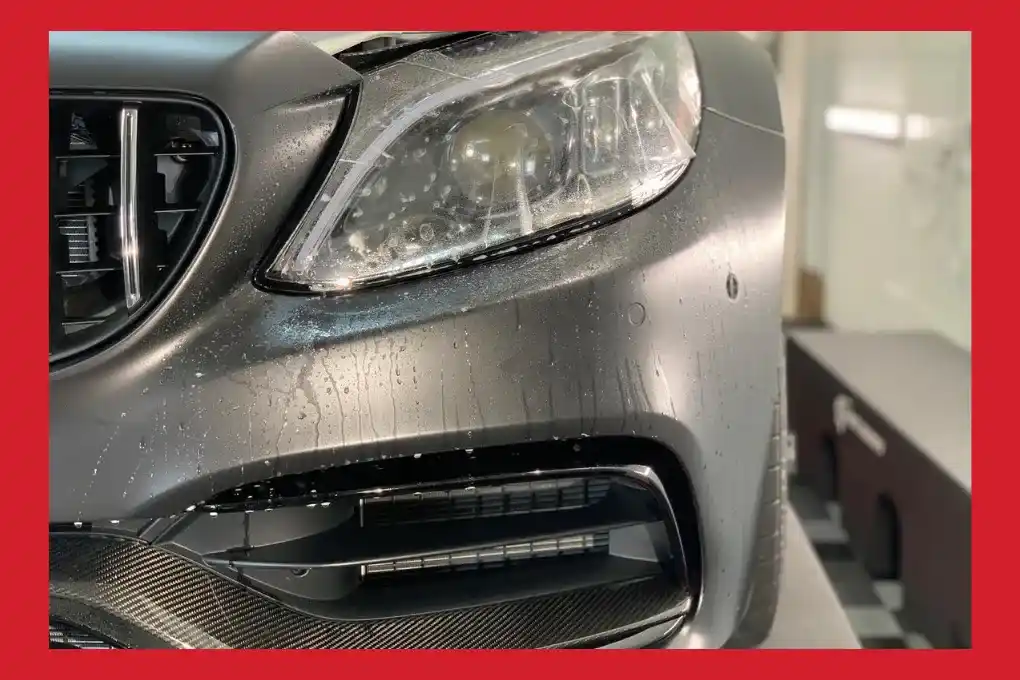
FAQs
Q1: Will PPF make my car look dull?
No, high-quality PPF is designed to be optically clear, so it will not make your car look dull. Glossy PPF can enhance the shine of your car’s paint, making it look more vibrant.
Q2: Can PPF change the color of my car’s paint?
No, PPF does not change the color of your car’s paint. When applied correctly, it allows the original color to show through. However, if low-quality PPF is used, there’s a risk of yellowing over time, which could slightly affect lighter colors.
Q3: Does PPF come in different finishes?
Yes, PPF is available in glossy, matte, and satin finishes. Glossy PPF enhances the car’s shine, while matte and satin options provide a custom look. The matte finish, for example, can give your car a more muted appearance.
Q4: How long does PPF last on my car?
PPF typically lasts 5 to 10 years, depending on the brand and how well it’s maintained. Premium brands and professional installation can help ensure it remains effective and visually appealing for the long term.
Q5: Can I wash my car as usual with PPF applied?
Yes, you can wash your car as usual, but it’s best to use a pH-neutral, gentle automotive shampoo. Avoid abrasive scrubbing tools, and opt for a microfiber cloth to prevent potential scratching of the film.
Q6: Can I remove PPF if I want to change it or sell my car?
Yes, a professional can easily remove the PPF without damaging your cars paint underneath it. This is useful if you decide to sell the vehicle or switch to a different type of protection.
Q7: Can PPF be applied over ceramic coating?
Generally, PPF should be applied directly to the paint for optimal adhesion. But you can add ceramic coating on top of PPF for more shine, protection, and ease of cleaning. More Collection on Facebook.
Q8: Is PPF worth the investment for my car’s paint protection?
If you want to protect your car from road debris, scratches, and fading, PPF is a valuable investment. It helps preserve the paint’s color and shine, maintaining your car’s resale value and overall appearance.
